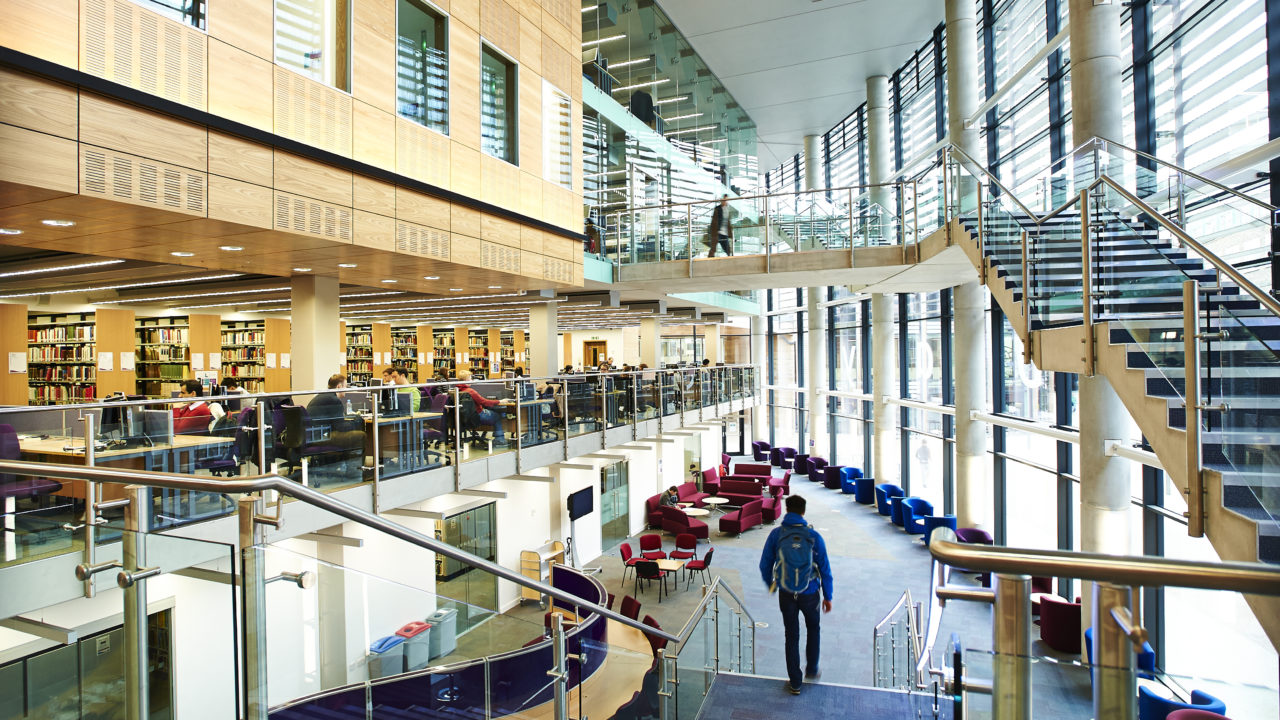Enabling Efficiency in Internal Collaboration
The University of Dundee have implemented new IT collaboration software to join up processes and facilitate better working across the institution. Dr Jim McGeorge, Secretary of the University explains the benefits.


We often talk about the potential for IT to transform the way we do things and make us more efficient, but can’t always point to practical examples of it doing so.
Until a year ago the support and management of internal collaborations and projects at Dundee was characterised by email attachments flying across campus, the exchange of USB sticks, circulation of inches of paper and problems of version control and information security. As well as a source of immense frustration, there is no doubt the time and opportunity cost associated with this way of doing things was enormous and constituted a drag on progress.
As part of our IT Strategy, we procured an industry-leading platform, Box, for accessing content and enabling online collaboration. Its implementation has transformed the way work flows around the University, making it easier for students, academics and Professional Services staff to conduct research, share knowledge and collaborate in project teams that cut across organisational structures and hierarchies. The new system is highly secure, has mobile capability on a range of platforms, version history functionality, inbuilt project management tools and unlimited storage features. The platform can give defined roles to members of the project team, provide access to all the materials associated with the project, enable collaborators to access and comment on files and assign tasks and timescales to individuals for completion. Project management and administration has been transformed and is now so much more efficient.
As it rolls out, the platform is attracting great feedback from users and colleagues are finding new and imaginative ways to deploy its features. Practical examples range from generating efficiencies in the time and cost associated with developing research grant applications in our Centre for Anatomy & Human Identification to helping Professional Services manage a programme of organisational change with several constituent projects. It also provides a secure area for our University Executive Group to share ideas, meeting papers and emerging proposals, and our students’ association are using it to manage union events and streamline the production of their student magazine.
The successful uptake of the new platform has made me reflect on how we deliver operational efficiency, because in this case it has come about through stealth. The key was our IT Director identifying a widely-recognised institutional problem and delivering a leading-edge solution that people wanted. We have made their working lives better and easier, helped them to achieve what they wanted to achieve, overcome long-standing frustrations and released time for more productive activities. In short, operational efficiencies came about as a by-product of delivering enhanced operational effectiveness.
In our jobs efficiency for its own sake is sometimes a virtue (and often a necessity), but where we can at the same time deliver real improvements to the way our organisations operate and impact positively on the ability of students to learn, professional staff to deliver services and academics to deliver their teaching and research it’s so much easier to achieve and so much more rewarding.
Now how do we put that extra time that’s been released to good use…?